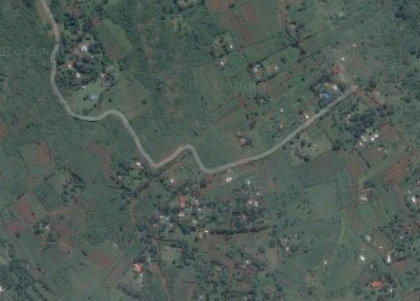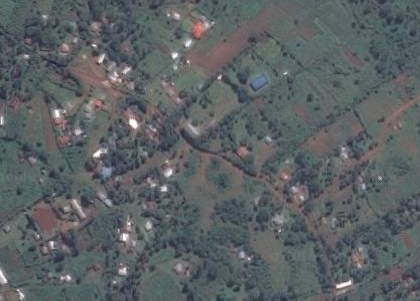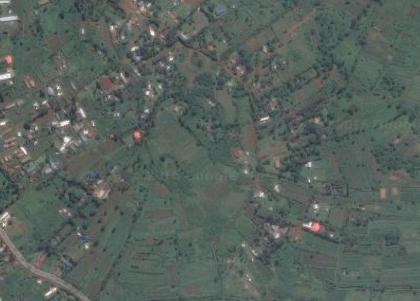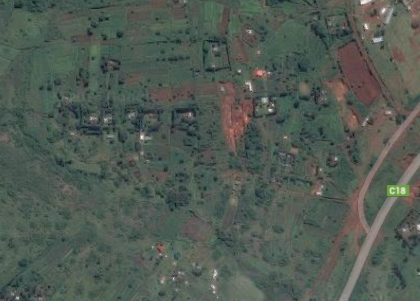Our Communities
Pala
Lorem ipsum dolor sit amet, consectetur adipiscing elit. Nullam gravida ex sed purus venenatis posuere id at nulla. Suspendisse lacinia eros nunc, ac porttitor libero maximus vel. Aenean pulvinar dui orci, ut malesuada velit imperdiet id. Maecenas blandit finibus risus id dictum.
Bongu
Lorem ipsum dolor sit amet, consectetur adipiscing elit. Nullam gravida ex sed purus venenatis posuere id at nulla. Suspendisse lacinia eros nunc, ac porttitor libero maximus vel. Aenean pulvinar dui orci, ut malesuada velit imperdiet id. Maecenas blandit finibus risus id dictum.
Arina
Lorem ipsum dolor sit amet, consectetur adipiscing elit. Nullam gravida ex sed purus venenatis posuere id at nulla. Suspendisse lacinia eros nunc, ac porttitor libero maximus vel. Aenean pulvinar dui orci, ut malesuada velit imperdiet id. Maecenas blandit finibus risus id dictum.
Kuodogo
Lorem ipsum dolor sit amet, consectetur adipiscing elit. Nullam gravida ex sed purus venenatis posuere id at nulla. Suspendisse lacinia eros nunc, ac porttitor libero maximus vel. Aenean pulvinar dui orci, ut malesuada velit imperdiet id. Maecenas blandit finibus risus id dictum.
Luo Culture
The communities we work with in Ndhiwa are from the Luo tribe. Luo culture is one of the most diverse and vibrant cultures in Kenya. The Luo community in Kenya is estimated to be about 25% of the Kenyan population.
The Luo, like other Kenyans, can often speak in three languages, English, KiSwahili and Luo.
Christianity has had a major impact on Luo religious beliefs and practices. Today, religious communities draw on beliefs both from indigenous practices and from Christianity.
A common Luo house is made of mud and wattle (woven twigs) walls with a thatched roof. Another style includes mud and wattle walls, with a roof made of corrugated metal
The primary crops for the Luo tribe are maize (corn), millet, and sorghum. Coffee, tobacco, cotton, and sugarcane are important cash crops. Important animals include sheep, goats, chickens, and cattle. Fish from Lake Victoria and its streams are important, especially talapia.
During the colonial era and since independence, the Luo have been isolated from national leadership even though they are the second-largest ethnic group in the country.
Specific social problems follow from this isolation. Economic development in western Kenya is poor, Luo roads are badly in need of repair, rates of human immunodeficiency virus (HIV) infection are comparatively high, food shortages are frequent, and infant mortality is among the highest in the country.
The municipal water supply is so badly treated that residents suffer from water-borne diseases such as typhoid fever, amoebic dysentery, common dysentery, and diarrhea.
Tourism has mostly bypassed Luoland and Lake Victoria, even though Lake Victoria has hippopotami, freshwater fish, and cultural attractions.
Teenage pregnancies are a major social problem in contemporary Luoland. Social responsibility for teenage pregnancy falls entirely on girls, who generally leave school if they become pregnant.
Check out some traditional Luo dancing!
https://www.youtube.com/watch?v=tWLQEVR23nM
https://www.youtube.com/watch?v=2_u_hFt3ad0



